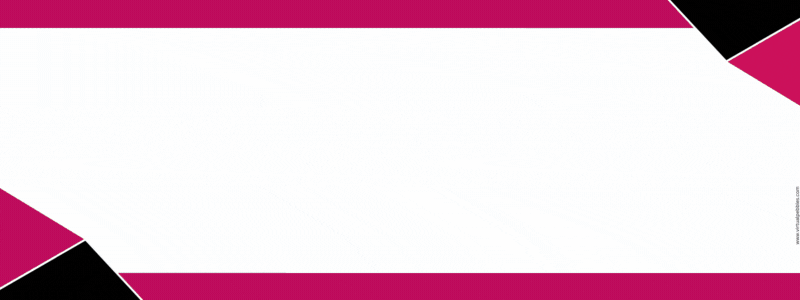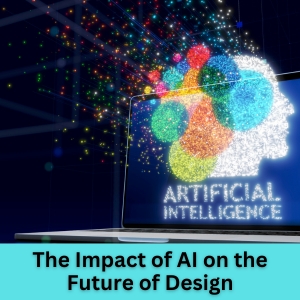Announcement
Get Ready for INDUS CUP 2K26! | Dates: 5–10 January 2026 | Stand a Chance to Win Cash Prizes up to ₹10,00,000!...Read more Get Ready for INDUS CUP 2K26! | Dates: 5–10 January 2026 | Stand a Chance to Win Cash Prizes up to ₹10,00,000!
We are excited to announce the Indus Hackathon 2025, an exhilarating one-day event organized by the CSE Department of Indus University....Read more We are excited to announce the Indus Hackathon 2025, an exhilarating one-day event organized by the CSE Department of Indus University.
26th ISTE Faculty Annual State Convention will be held at Indus University on April 27, 2023....Read more 26th ISTE Faculty Annual State Convention will be held at Indus University on April 27, 2023.
Get Ready for INDUS CUP 2K26! | Dates: 5–10 January 2026 | Stand a Chance to Win Cash Prizes up to ₹10,00,000!...Read more Get Ready for INDUS CUP 2K26! | Dates: 5–10 January 2026 | Stand a Chance to Win Cash Prizes up to ₹10,00,000!
We are excited to announce the Indus Hackathon 2025, an exhilarating one-day event organized by the CSE Department of Indus University....Read more We are excited to announce the Indus Hackathon 2025, an exhilarating one-day event organized by the CSE Department of Indus University.
26th ISTE Faculty Annual State Convention will be held at Indus University on April 27, 2023....Read more 26th ISTE Faculty Annual State Convention will be held at Indus University on April 27, 2023.

Artificial intelligence (AI) has grown in importance in the design field. It may seem strange that the discipline of design, which has historically been linked to creativity and intuition, can coexist with the accuracy and logic of AI. But it's becoming obvious that AI technology has a lot to offer designers as it develops. In this post, we'll look at how AI is used in design, how it's affecting the creative process, and how it might affect design in the future. We will also talk about some of the ethical issues raised by the application of AI to design.
Different applications of AI are currently being applied in the field of design. Developing digital assets like graphics and illustrations is one of its most popular uses. Designers may concentrate on other project areas because AI-powered design tools can produce high-quality visuals in a fraction of the time it would take a human designer. AI can also be employed to analyse data and offer insights into user behaviour, which can help designers make better design decisions and produce more valuable products.
AI enables designers to automate repetitive processes like text formatting and image resizing. Designers can use this to focus on more challenging and creative jobs while saving a lot of time.
However, using AI in design may have certain disadvantages as well. The level of imagination and intuition that a human designer can contribute to a project worries some people about AI-powered design tools. Another issue is that relying too much on AI can cause designers to start using the same design templates and patterns produced by AI, which could result in a lack of diversity in design.

Many AI-powered design projects have been successful despite these worries. Canva, an AI-powered design tool, has transformed how designers generate graphics and other visual assets by making it simple for those who need to be designers to produce high-quality visuals. Another illustration is Wix, a website builder driven by AI that enables users to create attractive websites with just a few clicks.

The future of design will likely be significantly impacted by AI technology as it develops. The function of designers may change due to AI, for example. Designers can automate many of the repetitive chores that currently consume a considerable portion of their time using AI-powered design tools. This might free up designers to concentrate more on strategic and creative activities, like coming up with fresh thoughts and ideas.
AI may also alter the creative process itself, which would be another potential effect. Designers can produce fresh concepts and ideas more rapidly and effectively with the aid of AI. Designers could explore various options and iterate more quickly using AI to create design variations and prototypes.
However, the application of AI in design could also raise specific ethical issues. One issue is the potential for AI-powered design tools to reinforce pre-existing prejudices and biases. For instance, the AI might repeat a prejudice in its designs if it was trained on a biased dataset. Another issue is the possibility of deep fakes or other types of deceptive content being produced using AI-powered design tools.
In conclusion, the use of AI in design is becoming more widespread and is probably going to have a big influence on how design is done in the future. Using AI-powered design tools may have certain advantages, but there may also be disadvantages and moral dilemmas that need to be taken into account. Future success will be enhanced for designers that comprehend the significance of AI in design and know how to successfully incorporate it into their work.